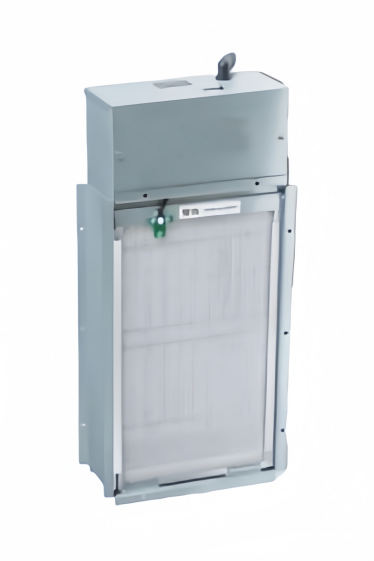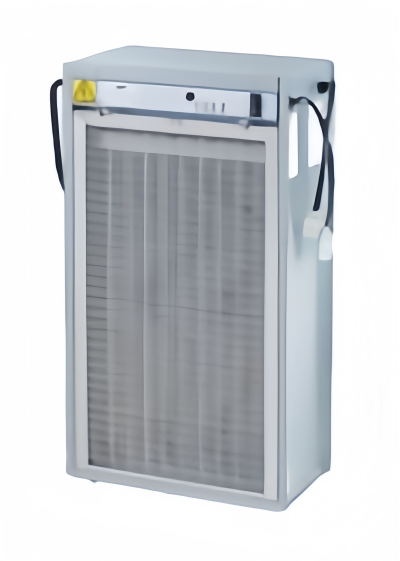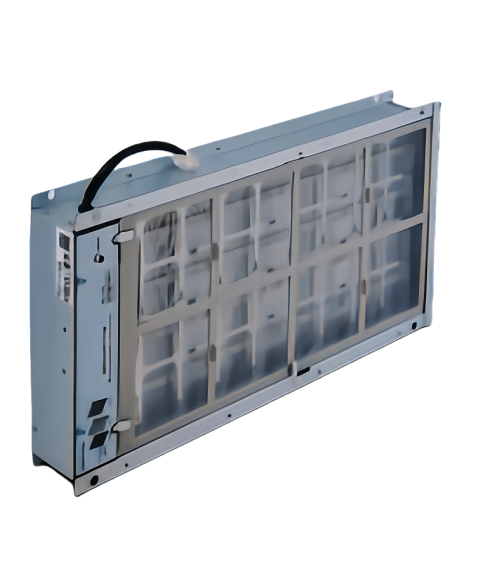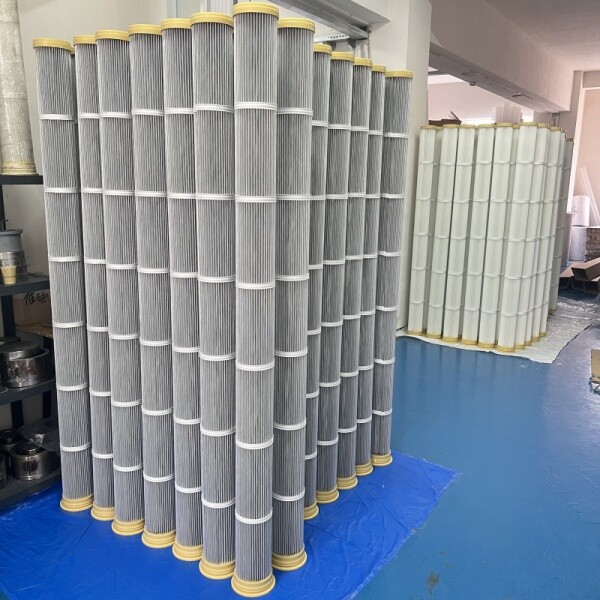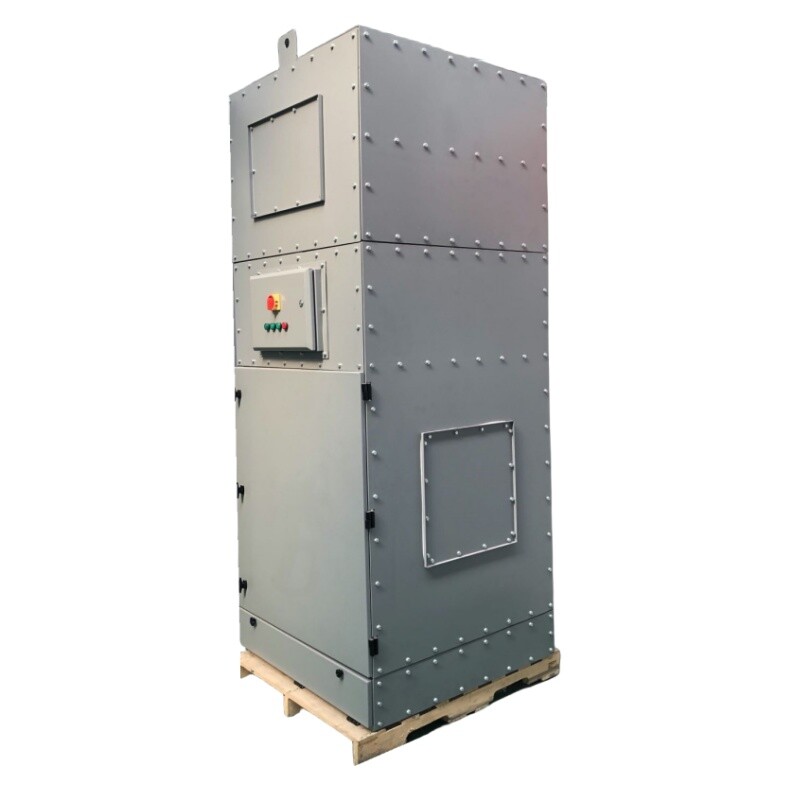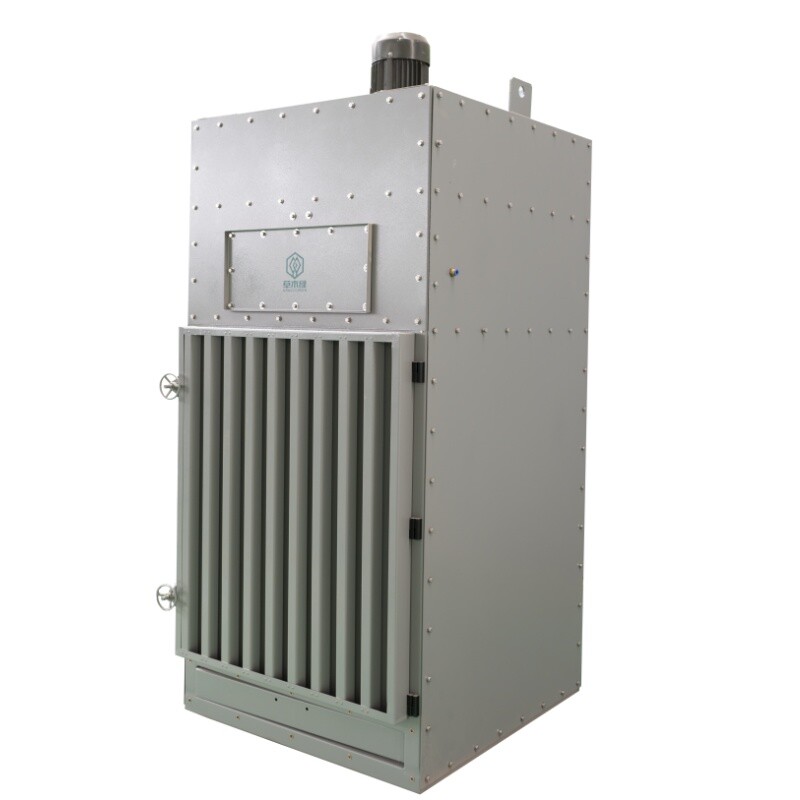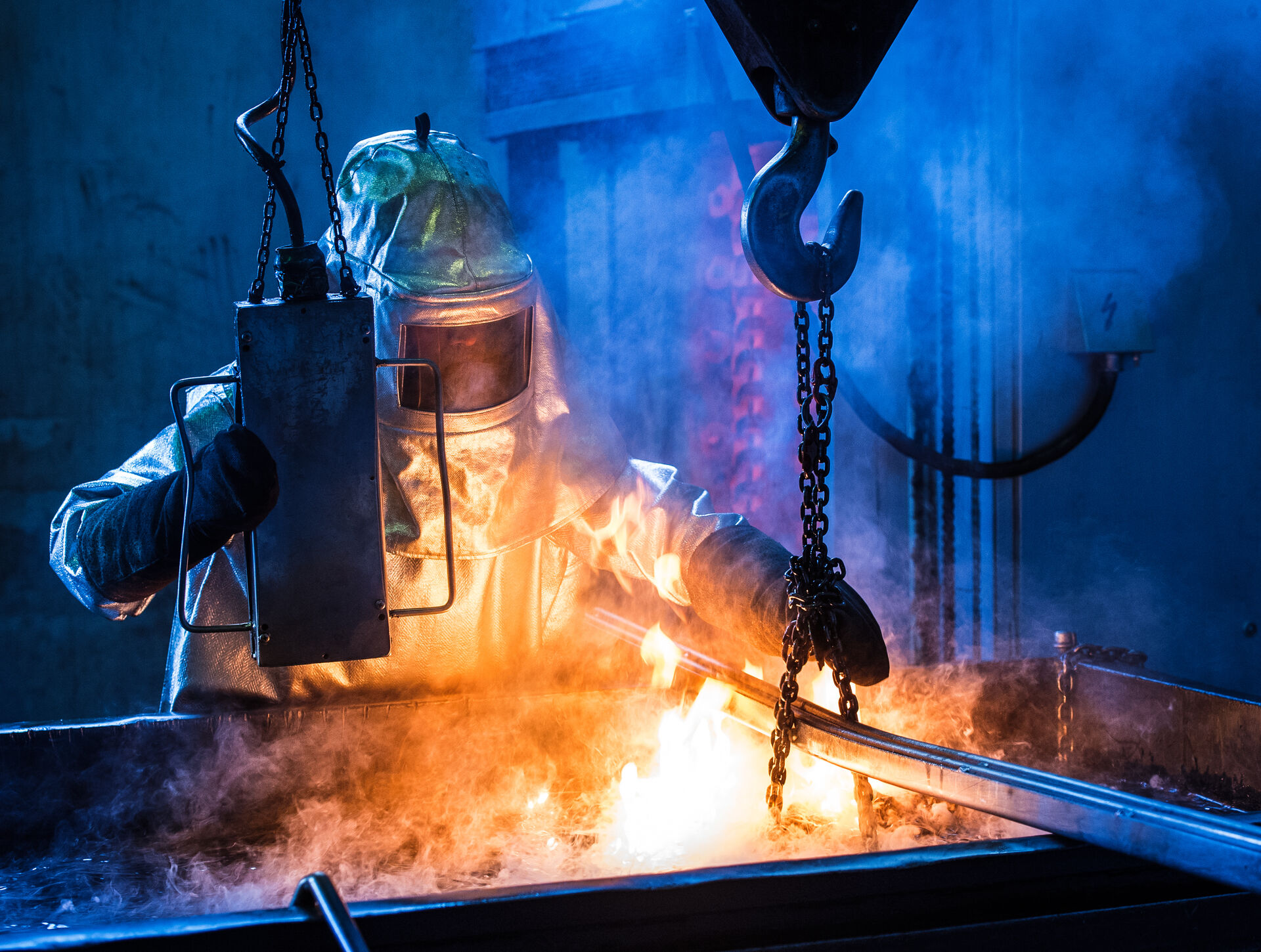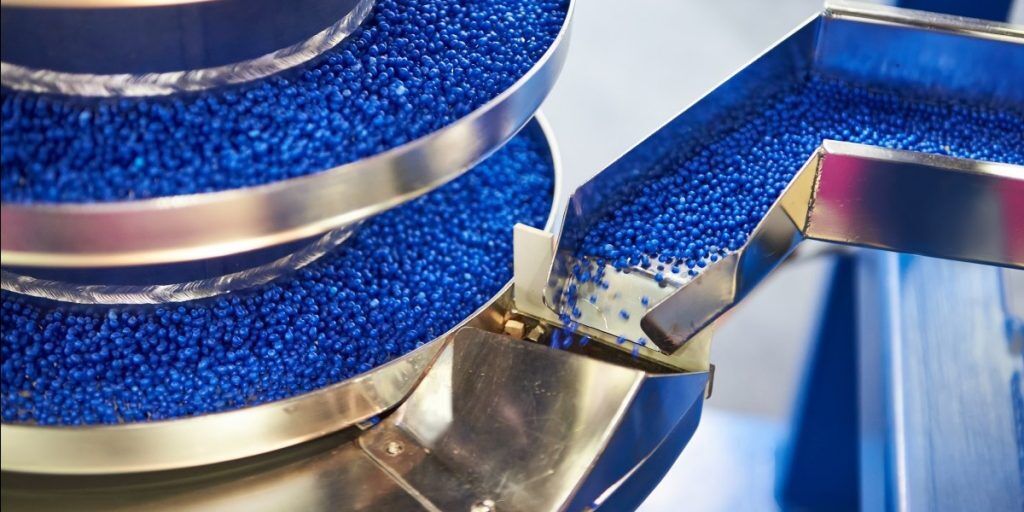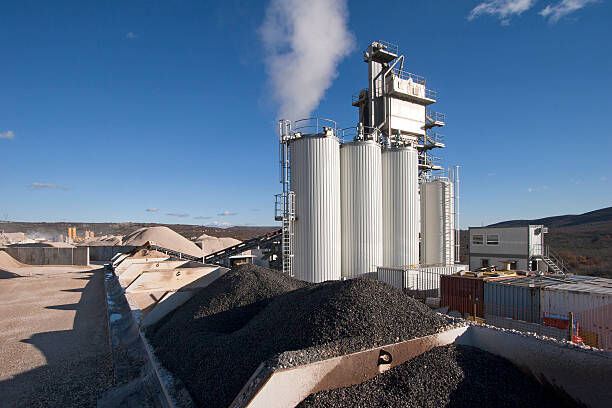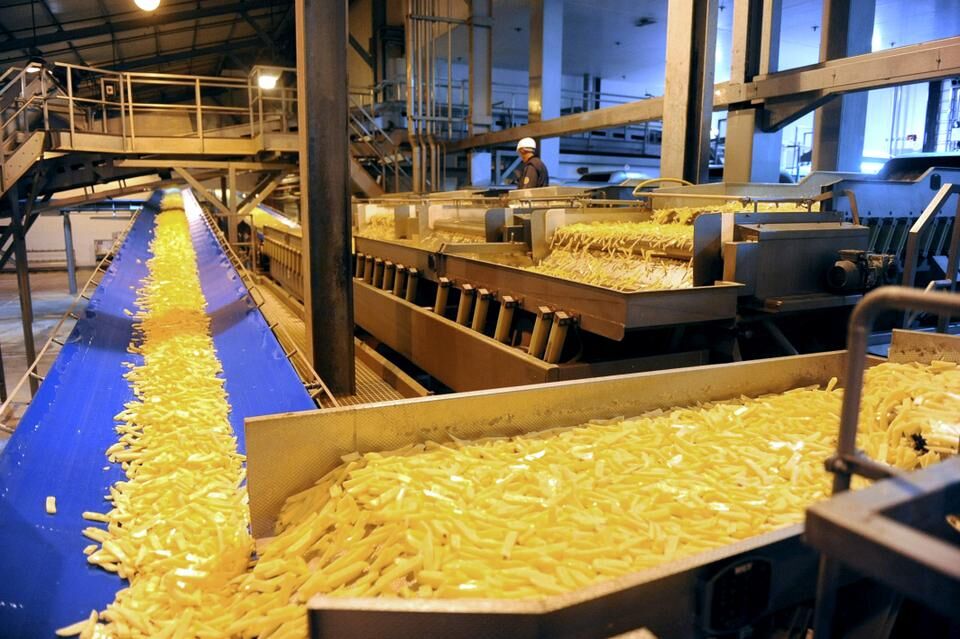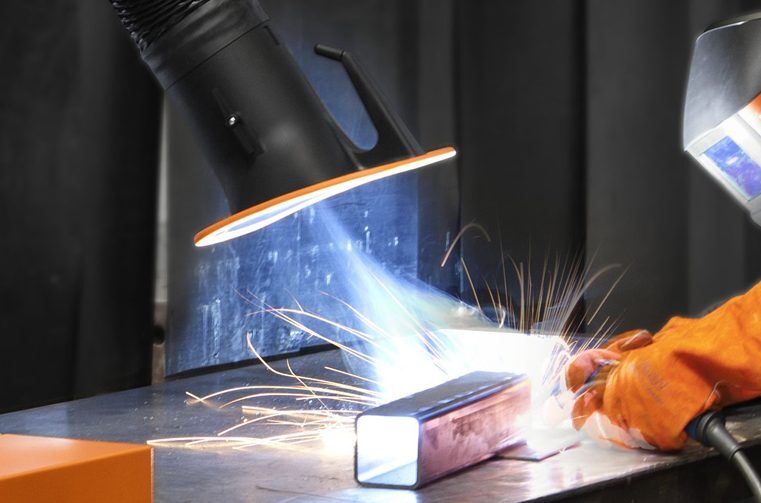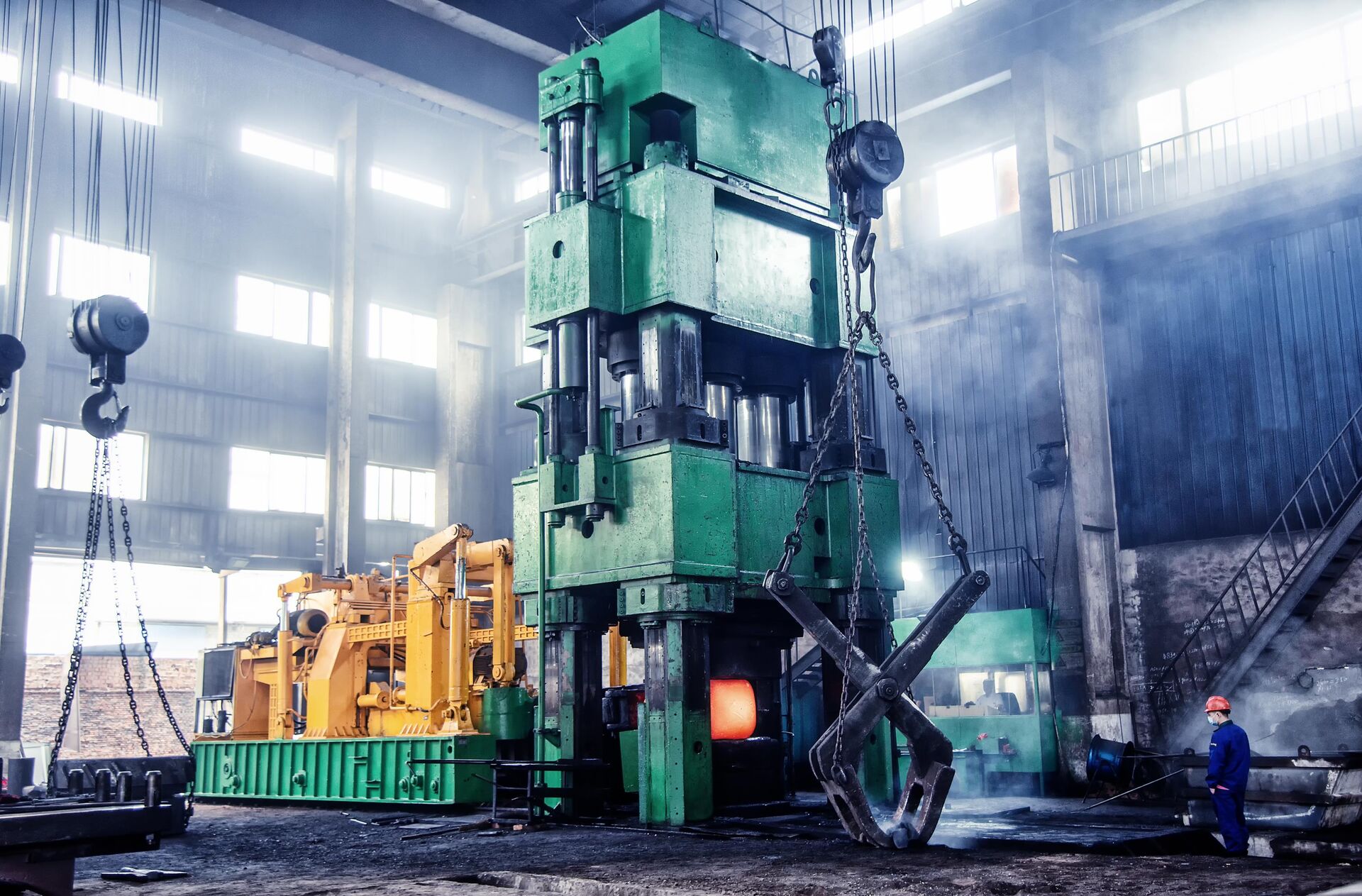Application
1.System Instruction:
Soldering, mechanical welding, construction machinery, automobile manufacturing, new materials, aerospace, pharmaceutical manufacturing, food processing and other industries will generate different levels of dust and flue gas during the production and manufacturing process. different. An in-depth understanding of each site is the premise for the correct selection of dust removal equipment and a reasonable design of the dust removal system.
As a Sino-US joint venture, Grass Green has formal qualifications for general project contracting, dust removal system design and dust removal equipment production. Provide a suitable and reliable fume and dust purification system.
2.Application:
Mechanical manufacturing dust treatment, such as soldering, industrial welding, grinding, cutting, casting, forging, machining, etc.
New material processing dust treatment, such as nanomaterials, biodegradable materials, polymer materials, energy materials, automotive materials, metal materials, etc.
Split type dust treatment, common equipment such as mixer, feeding port, discharging port, vibrating screen, reaction kettle, etc.
Food processing dust treatment, such as convenience food factories, flour factories, etc.
Pharmaceutical dust treatment, common processes such as drying, crushing, screening, mixing, packaging and other processes. Other working conditions that produce fine dust.
3.Dust Collection Scheme:
For different working conditions, the dust collection methods are quite different. Even under the same working conditions, the selected collection method will be different due to workshop limitations.
1. Dust collection in the hood: there are two common methods: top suction and side suction. It is a routine solution for general dust collection.
2. Dust collection at suction arm point: system point, machine installation point
3. Dust removal of workstations: common applications include grinding and dust removal workshops and robot welding workshops.
4. Overall ventilation and dust removal: there are three common methods: top suction and downward feeding, blowing and suction, and self-circulating ventilation. Common applications include facilities with traveling vehicles, production processes where direct source capture is inconvenient, and where the point of generation of facility/process pollutants varies.
4.Our advantage:
Formal qualifications - Sino-US joint venture, with formal production qualifications, and air pollutant control engineering design and construction qualifications
Test compliance - there are third-party test reports and videos as evidence
Reliable quality - select good materials, see "true chapter" for details of workmanship
No worries - arrange personnel to visit and overhaul every year, the effect of double insurance after sale.
5. Collection plan
Common collection methods are as follows. Welcome to call directly to get one-to-one collection plan
Top Suction:
It is located near the fume source, and relies on the suction effect of the hood to inhale harmful substances into the hood, which has little impact on production operations and is easy to install and maintain. Mainly used in occasions where the pollution source cannot be sealed due to limited process or operating conditions
The top suction hood is arranged on the outer hood above the source of harmful substances.
Side suction:
It is located near the fume source, and relies on the suction effect of the hood to inhale harmful substances into the hood, which has little impact on production operations and is easy to install and maintain. Mainly used in occasions where the pollution source cannot be sealed due to limited process or operating conditions
Side hoods are external hoods that are positioned on the sides of the source of harmful substances
Confined collection:
The pollution sources are all in the confined space, the effect of controlling harmful substances is good, and it is not affected by the ambient air flow, but affects the operation. It is mainly used in the occasions where the harmful substances are more harmful and the control requirements are high.
Classic Case:
Recommended Products
Awesome! Share to:
Related Posts
 Textile, Printing&Dyeing Industry
Textile, Printing&Dyeing Industry Heat Treatment Processing industry
Heat Treatment Processing industry Rubber plastic granulation project
Rubber plastic granulation project Modified Asphalt Production Items
Modified Asphalt Production Items Agriculture&Sideline Food Production Items
Agriculture&Sideline Food Production Items Cleaning Commercial cooking Exhaust by Electrostatic Filter
Cleaning Commercial cooking Exhaust by Electrostatic Filter Industrial Dust &Welding Collection
Industrial Dust &Welding Collection Machine tools &Grinding Cutting Drillling Fume
Machine tools &Grinding Cutting Drillling Fume






